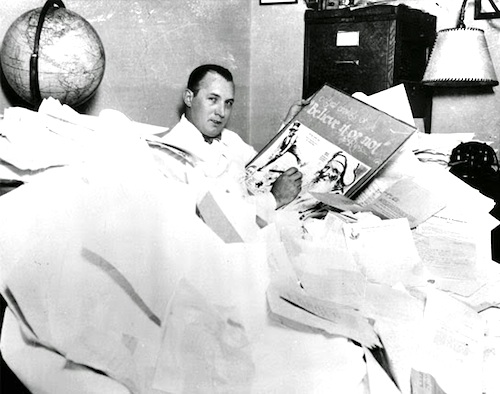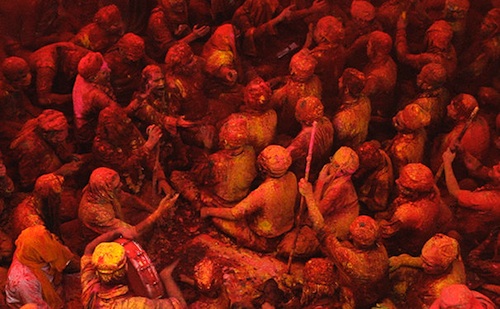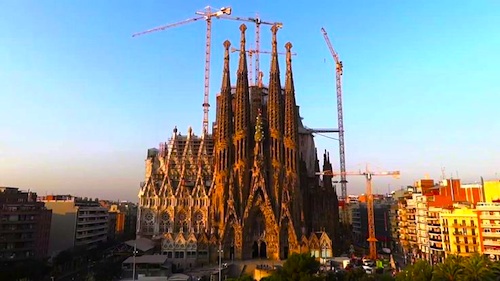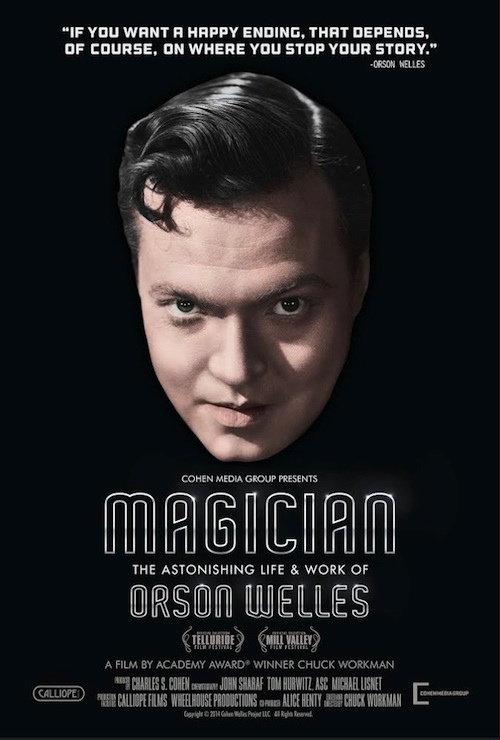By Joe Bendel. They are not “Reborn” in a physical or religious sense. This is strictly a bureaucratic designation for the “substitute” children allowed to parents who lost their first and legally only child in the horrific Sichuan Earthquake. They are already a sizeable and growing demographic. U.S. based Beichuan native Zijian Mu follows the lasting repercussions of the Sichuan quake for one set of parents fortunate enough to have a Reborn child and two grieving mothers who for various reasons remain childless in One Child, listed as one of the year’s best documentary short subjects, which screens this Monday as part of the Oscar Buzz series at the Maysles Documentary Center.
Out of the estimated ninety thousand Sichuan fatalities, about five thousand are thought to be school children, nearly all of whom were “single children,” as per government policy. Of course, exact figures are unavailable due to state censorship. Many surviving parents have tried to plug the holes in their hearts with an allowable “Reborn” child. Jiang Hongyou and Fu Guangjun were duly blessed with a little girl whom they understandably dote upon. She is now old enough to recognize photos of her big brother, but they are waiting until she is a few years older to explain his heartbreaking fate. It is the kind of tricky parenting question luckier parents of New Beichuan will grapple with more and more.
Yang Jianfen would dearly wish to be a similar position. Still mourning her teen-aged daughter, but no longer able to conceive, she yearns to adopt. However, her increasingly cold and passive aggressive husband Fang Yanggui will not cooperate with her efforts, particularly when it comes to the requisite fees. Old Fang might be cold and insensitive to his wife’s needs, but his concerns about money are not completely unwarranted. After all, the Communist government only loaned the 8,000 Yuan down-payments for displaced residents’ replacement flats in shiny New Beichuan. So much for: “to each according to their needs.”
Despite Fang’s lack of support, Yang continues to pursue avenues of adoption, but that is no longer an option for the older Gu Jiazhen. She lost her grown daughter and husband during the earthquake. Although her grandchild survived, she no longer has access to him after her son-in-law’s remarriage. Instead, the pious convert takes what solace she can from Buddhism. She certainly does not receive any comfort from the state.

Sadly, Mu’s family was also touched by the Sichuan tragedy, so he well understands the raw emotions at play. His treatment of surviving parents is unflaggingly sensitive, but still acutely penetrating. Mu does not ignore the wider political context, but Reborn is still probably best seen in conjunction with more macro-focused films like Alpert & O’Neill’s previously shortlisted China’s Unnatural Disaster and Ai Weiwei’s muckraking Disturbing the Peace and So Sorry, both of which are findable online (except maybe in China). Nor does he ghoulishly dwell on the horrors of the actual catastrophe, even though he incorporates some harrowing footage of the chaotic aftermath.
Indeed, the forty minute documentary packs a powerful punch because of its concentration on the traumatized parents. Highly recommended for general audiences and Academy members, One Child screens this Monday (1/5) at the Maysles Center, followed by a Q&A session with the filmmaker.
Posted on January 5th, 2015 at 12:10pm.




